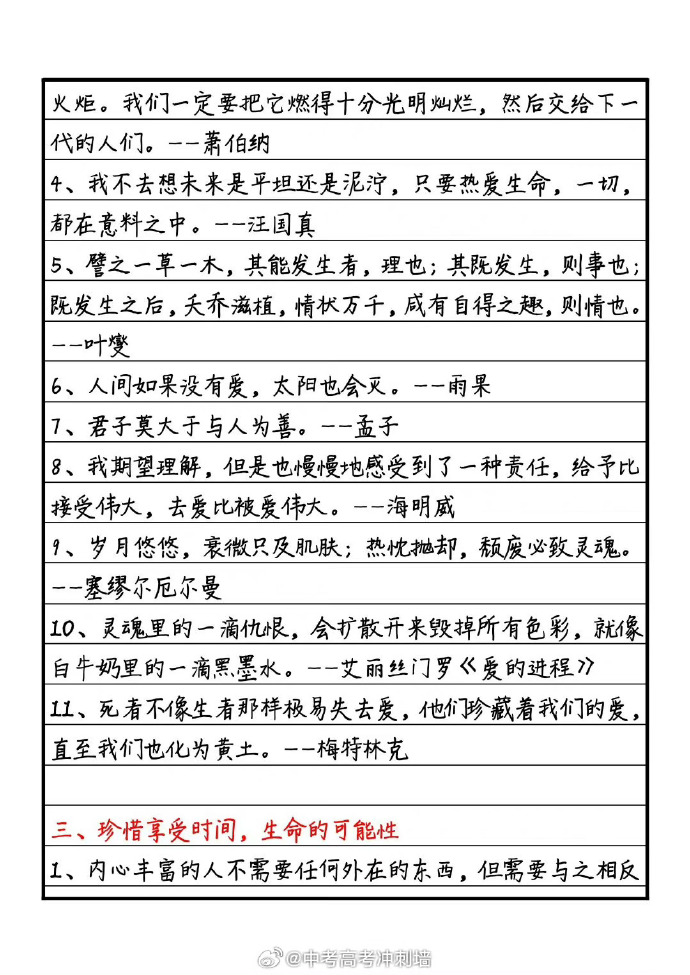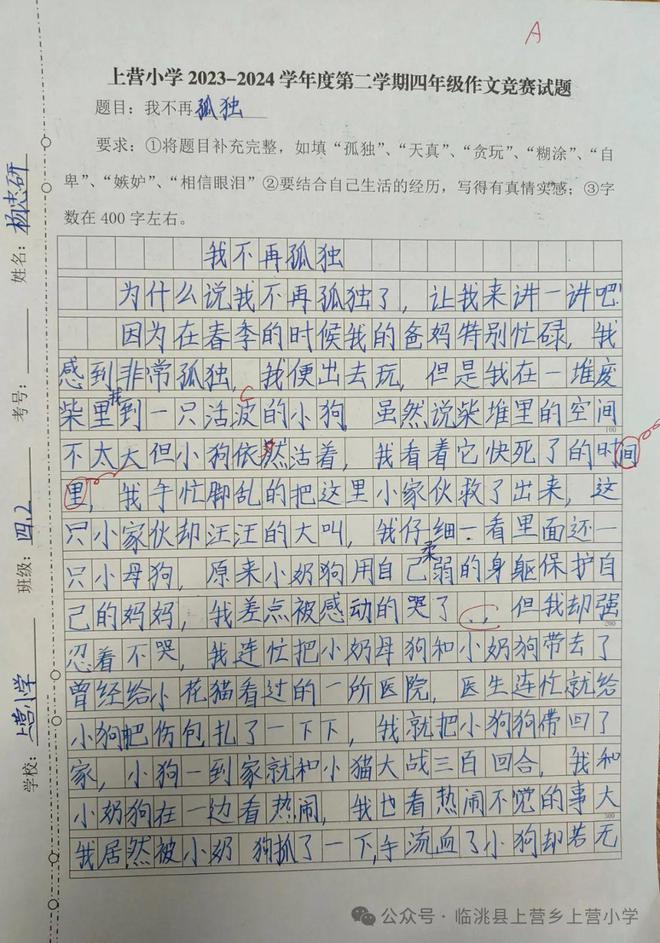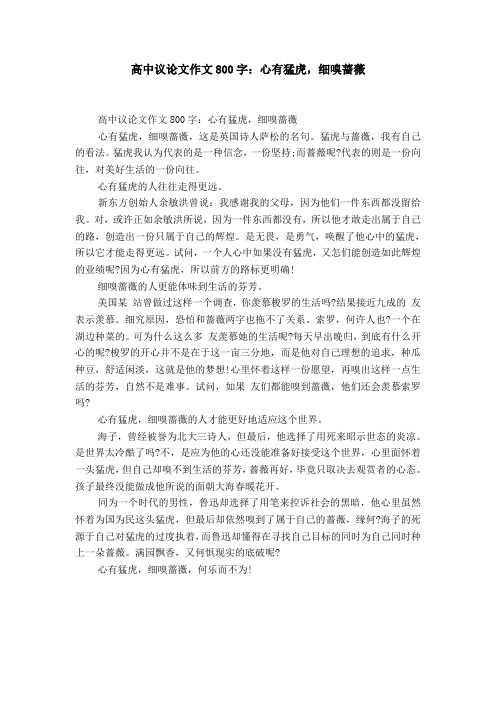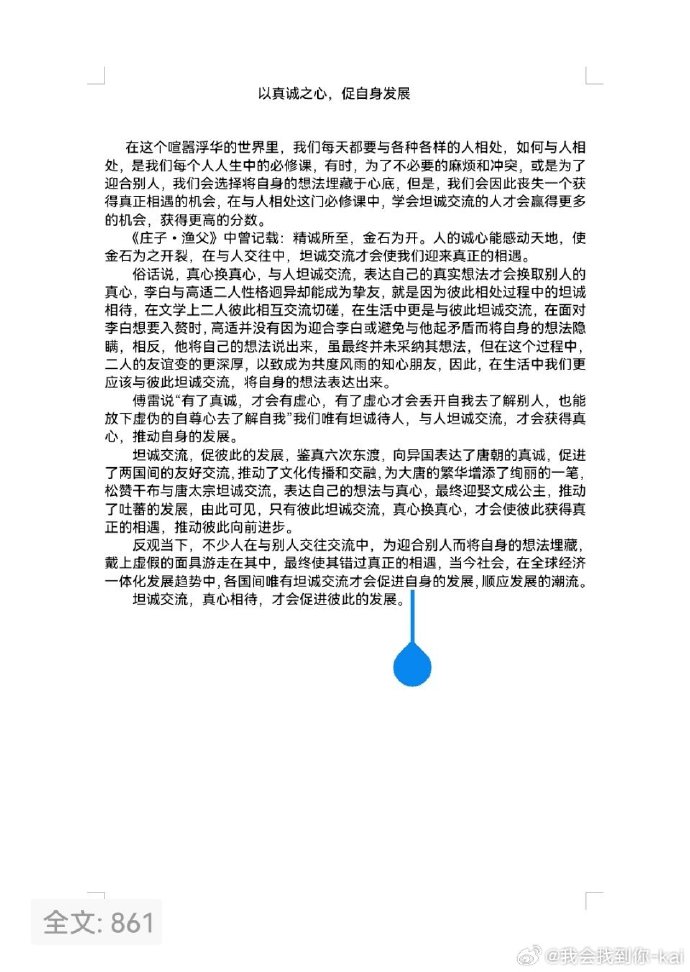Teenage years are often considered the most challenging and transformative period in a person's life. This is a time when individuals go through various physical, emotional, and social changes that can lead to a host of problems. In this essay, we will delve into some common teenage problems, their causes, and potential solutions. Understanding these issues can help teenagers, parents, and educators better navigate this complex period and foster a more supportive environment for teens to thrive.

One significant problem faced by teenagers is academic pressure. The modern educational system places a heavy burden on students to achieve high grades and perform well in standardized tests. This intense pressure can lead to stress, anxiety, and even depression. For instance, many high school students feel the need to excel in multiple subjects, participate in extracurricular activities, and prepare for college admissions simultaneously. This relentless pursuit of perfection can take a toll on their mental health and overall well-being. To address this issue, it is essential to promote a balanced approach to education that values personal growth and learning over mere academic success. Encouraging students to explore their interests and passions, rather than just focusing on grades, can help alleviate some of the stress associated with academic performance.
Peer pressure is another pervasive issue among teenagers. Adolescents are highly influenced by their peers and often feel compelled to conform to group norms and behaviors. This can lead to risky behaviors such as substance abuse, early sexual activity, and involvement in delinquency. The desire to fit in and be accepted by their peers can override their better judgment and push them towards harmful activities. For example, a teenager may start smoking or drinking alcohol to gain acceptance from a popular clique at school. Combatting peer pressure requires open communication between parents and their children. Parents should create an environment where their kids feel comfortable discussing the challenges they face and seek guidance. Additionally, schools can play a vital role by implementing anti-bullying programs and promoting positive peer relationships based on respect and mutual support.
The digital age has given rise to a new set of problems for teenagers, particularly those related to social media. Excessive use of social media platforms can have negative effects on self-esteem, body image, and sleep patterns. Teens are constantly exposed to carefully curated images and lifestyles portrayed by their peers and celebrities on social media, which can lead to feelings of inadequacy and low self-worth. For instance, a teenager who sees posts featuring perfect bodies or extravagant vacation photos may feel dissatisfied with their own life and appearance. To mitigate these negative impacts, it is crucial to educate teenagers about the potential dangers of social media addiction and encourage healthy online behavior. Setting boundaries for screen time and promoting alternative recreational activities can help strike a balance between virtual and real-life interactions. Moreover, parents should model responsible social media use by limiting their own screen time around their children.
Family conflicts are also a common source of distress for teenagers. Adolescence often coincides with a growing desire for independence, which can clash with parental expectations and authority. Disagreements may arise over various matters, such as curfews, dating, and career choices. These conflicts can strain family relationships and contribute to emotional turmoil for both the teen and their family members. Effective communication is key to resolving family conflicts. All parties involved should be encouraged to express their views respectfully and listen actively to one another. Seeking compromise and finding common ground can help maintain a harmonious family dynamic. Family counseling can also be a beneficial option for addressing deep-rooted issues and improving communication skills.
In conclusion, teenage problems are multifaceted and require a comprehensive approach to address effectively. Academic pressure, peer pressure, social media influence, and family conflicts are just some of the challenges that teenagers commonly face. By understanding the underlying causes of these problems and implementing appropriate solutions, we can create a more supportive and nurturing environment for teens to navigate through this critical phase of their lives. It is essential for parents, educators, and society as a whole to work together in providing guidance, support, and resources to help teenagers overcome these difficulties and develop into well-rounded, confident individuals. Through open communication, empathy, and proactive intervention, we can empower teenagers to face their problems head-on and build a brighter future for themselves and the next generation.
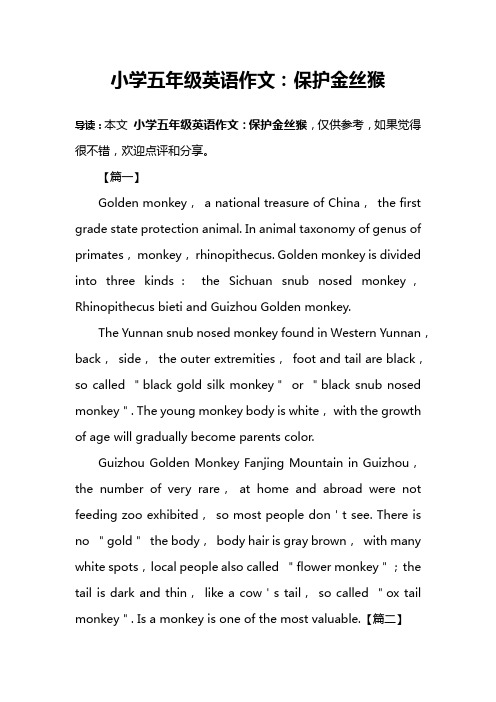
Article outline:
- Introduction (Acknowledging the complexity and significance of teenage problems)
- Academic pressure (Description, causes, and potential solution)
- Peer pressure (Description, causes, and potential solution)
- Social media influence (Description, causes, and potential solution)
- Family conflicts (Description, causes, and potential solution)
- Conclusion (Summarizing the importance of addressing teenage problems collectively)
未经允许不得转载:» teenage problems英语作文(青少年问题英语作文)

 佰一阅读网
佰一阅读网


